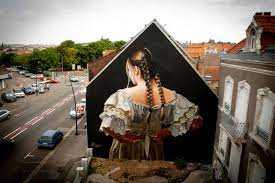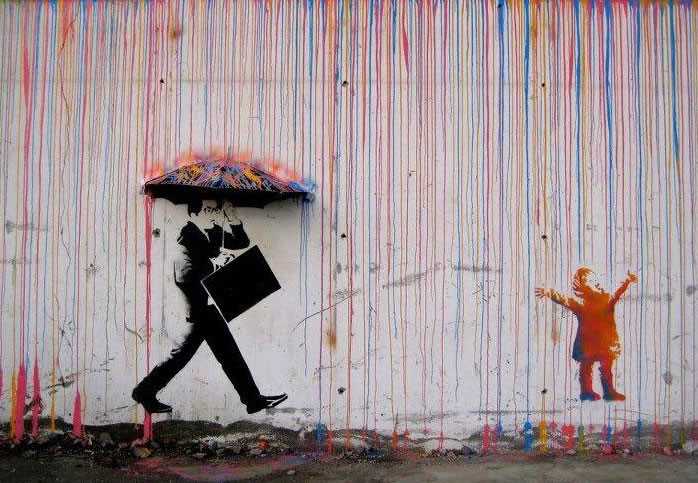
Street art is a form of artistic expression that has gained popularity and recognition all around the world. It is often associated with urban areas and rebellious youth culture. However, street art goes beyond just graffiti and vandalism. It carries a profound meaning and serves as a powerful medium for social, political, and cultural commentary.
Street artists use public spaces as their canvas, using various techniques and materials to create their works. From large-scale murals to intricate stencils, their art can be found in alleyways, on buildings, and on city walls. What makes street art unique is its ability to engage and provoke viewers.
Unlike traditional forms of art that are confined to galleries and museums, street art reaches a wider audience. It challenges the norms and expectations of the art world and calls into question the concept of public and private spaces. It invites everyone, regardless of their social status or background, to appreciate and interact with the art.
The meaning behind street art can vary greatly, depending on the artist’s intent and the context in which it is created. It can be a form of protest against social injustice, inequality, or political corruption. It can also be a celebration of culture, diversity, and community. Street art has the power to start conversations, raise awareness, and spark change.

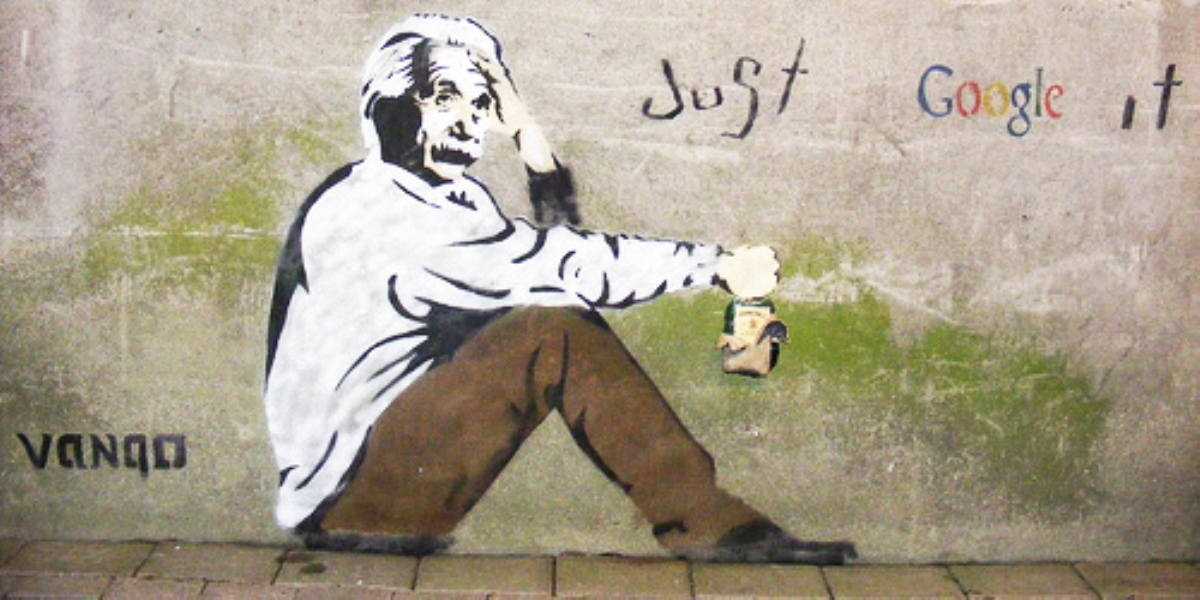
One of the most significant aspects of street art is its ability to break boundaries. Unlike traditional art forms that are confined within the walls of galleries and museums, street art is accessible to all. It does not discriminate based on socio-economic status or background. This inclusivity allows street artists to reach a wider audience and challenge the norms and expectations of the art world.
Street art also breaks the boundary between artist and viewer. It encourages interaction and engagement, blurring the line between passive observer and active participant. It invites individuals to think critically and encourages them to question their surroundings and societal norms.
Expressing Identity and Creativity
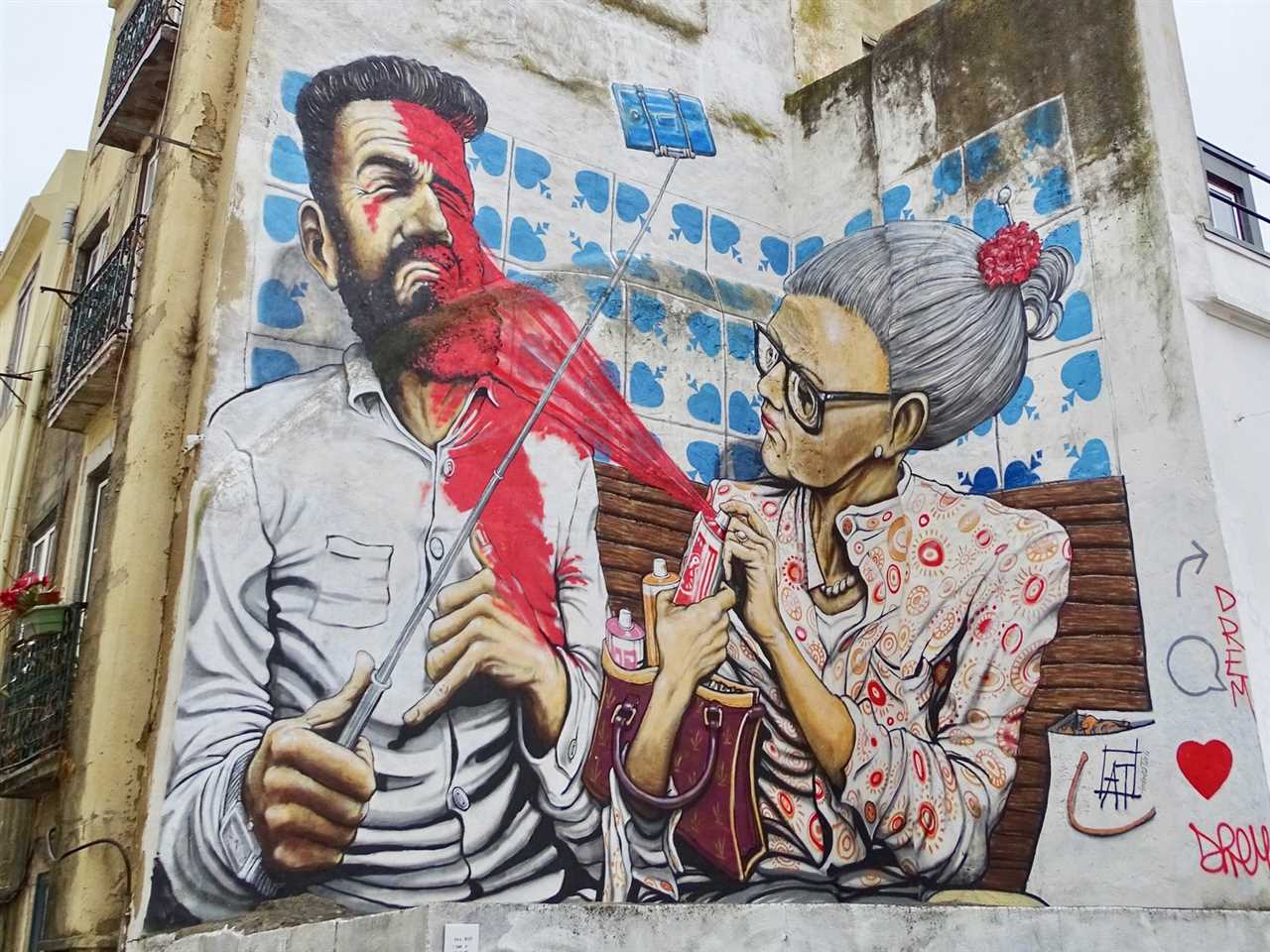
Street art provides a platform for artists to express their identity and showcase their unique style and creativity. It allows them to communicate messages and ideas that may not be easily conveyed through other mediums. The public nature of street art invites artists to be bold and experimental, pushing the boundaries of what is considered art.
Street art is often used as a form of social commentary, highlighting issues and raising awareness about various political, social, and environmental concerns. It encourages dialogue and challenges the status quo. By using public spaces as their canvas, street artists create a visual dialogue with the community, inviting discussion and reflection.
- Street art can be seen as a form of rebellion and resistance against oppressive systems and authorities.
- It can also be a source of inspiration and empowerment for marginalized communities.
- Street art has the power to transform neglected spaces into vibrant cultural hubs.
- It creates a sense of place and identity within communities, fostering a sense of pride and belonging.
Overall, street art is a dynamic and ever-evolving art form that allows artists to explore their creativity and express their ideas in public spaces. It challenges traditional notions of art and encourages active participation from both artists and viewers. Through its ability to break boundaries and provoke thought, street art has become an integral part of our urban landscape.
Urban Expression Through Street Art

Street art is a powerful medium for urban expression, allowing artists to communicate their thoughts, ideas, and emotions through visual storytelling. Through the use of murals, stencils, graffiti, and other art forms, street artists create vibrant and thought-provoking pieces that transform public spaces into open-air galleries.
The Language of Street Art
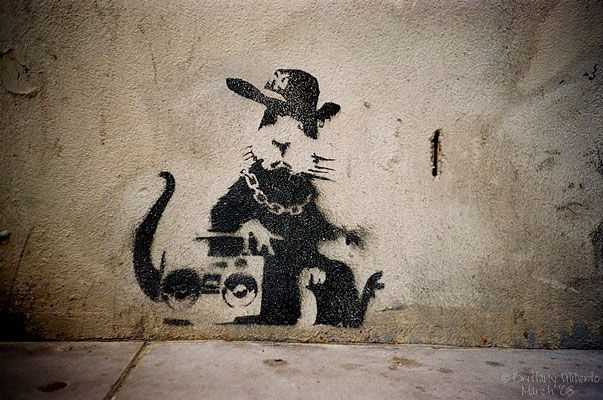
Street art serves as a language that communicates with the urban environment and its inhabitants. It speaks to the social, cultural, and political issues that shape our cities, sparking conversations and challenging the status quo. By using public spaces as their canvas, street artists reclaim neglected areas, providing a voice for the marginalized and disenfranchised.
Breaking Boundaries
Street art breaks free from the confines of traditional art galleries, reaching a wider audience and bridging the gap between art and everyday life. It brings art to those who may not have the means or interest to visit museums, making it accessible to all. Street art celebrates the diversity of urban landscapes and encourages people to engage with their surroundings in new and unexpected ways.
Through its bold, colorful, and often controversial nature, street art challenges the norms and conventions of society. It invites viewers to question their preconceived notions and explore alternative perspectives. By provoking thought and sparking dialogue, street art disrupts the monotony of urban life and encourages creativity and critical thinking.
A Catalyst for Change
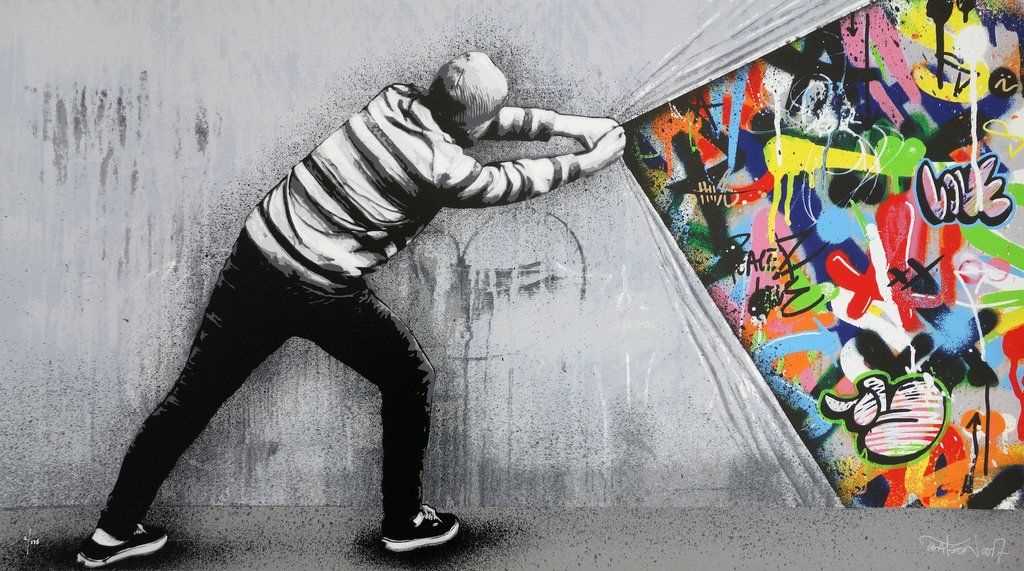
Street art has the power to inspire social change and ignite a sense of community. It has been used as a tool for activism, shining a light on social injustices and giving a voice to the oppressed. By transforming public spaces, street artists generate a sense of ownership and pride within communities, fostering a stronger connection between people and their surroundings.
The Intersection of Graffiti and Street Art
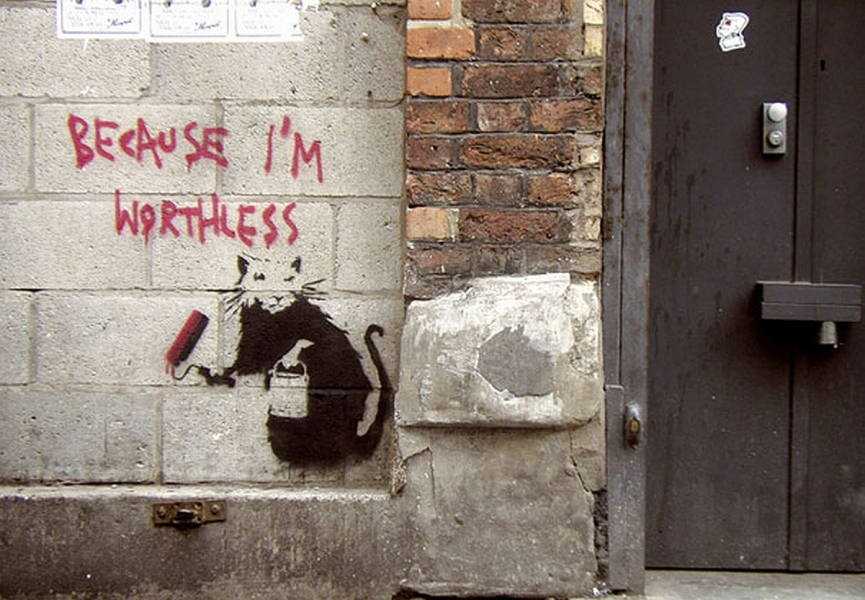
Graffiti and street art are often used interchangeably, but they are actually two distinct forms of artistic expression that intersect in the realm of urban art. While they share a common space on the walls and surfaces of cities, they differ in terms of their origins, techniques, and purposes.
Graffiti: Marking territory and rebellion
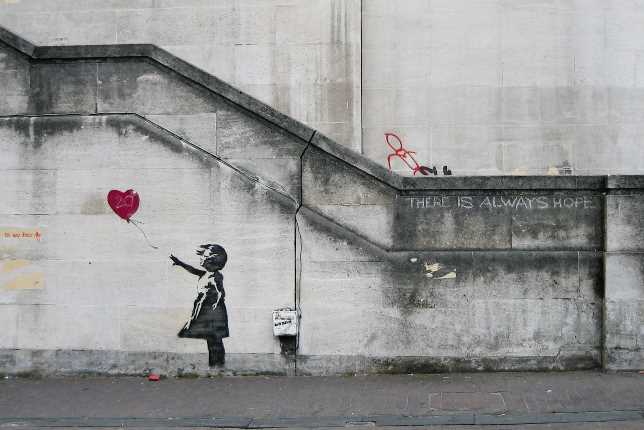
Graffiti has a long history that dates back to ancient civilizations, where it served as a way for individuals to leave their mark and assert their presence in public spaces. In modern times, graffiti has been linked with notions of rebellion, vandalism, and even crime.
Graffiti artists typically use spray paint, markers, and other illicit materials to create their art. They often work at night, hidden from view, and aim to make bold statements or showcase their unique style. Their creations can range from tags, which are simple signatures or monikers, to more elaborate pieces that incorporate imagery and intricate designs.
Street art: Embracing creativity and social commentary
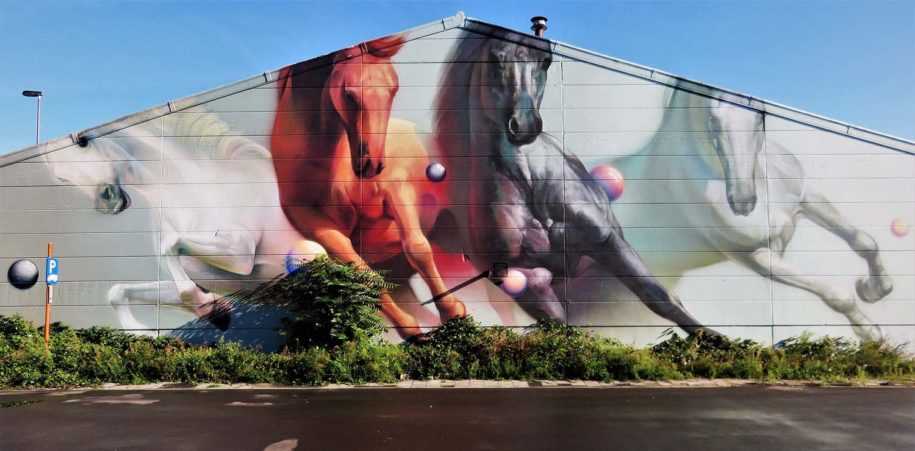
Street art, on the other hand, emerged as a more accepted and appreciated form of urban art. It encompasses a wide range of artistic styles and techniques, including stencils, wheatpaste posters, and murals. Street artists often use public spaces as their canvas to convey messages, tell stories, and provoke thought among viewers.
Street art can be seen as a reaction to the limitations of traditional art venues, such as museums and galleries. It brings art directly to the people, making it accessible to anyone who happens to pass by. Street artists often address social and political issues, challenging the status quo and sparking conversation in the urban environment.
The lines between graffiti and street art are not always clear-cut. Some artists blur the boundaries and combine elements of both forms in their work. They may use graffiti techniques to create larger street art murals or incorporate social commentary into their tags. This intersection of graffiti and street art adds depth and complexity to the urban art scene, pushing boundaries and challenging perceptions.
Discovering the Deeper Meaning Behind Street Art
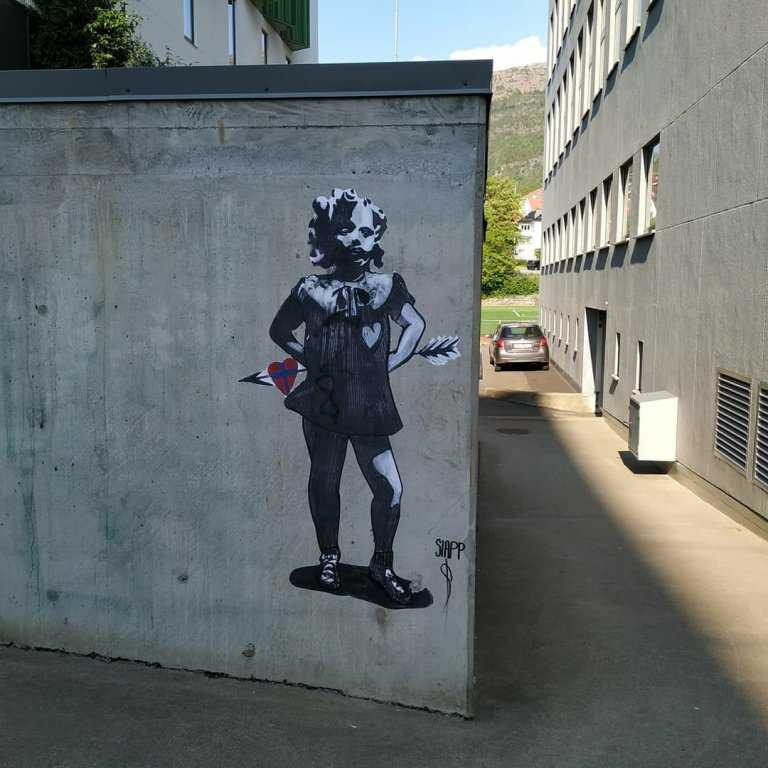
Street art is more than just paintings on walls. It is a medium through which artists express themselves and communicate with the public. While some may see it as mere vandalism, street art has evolved into a form of public art that can convey powerful messages and provoke thought.
One of the fascinating aspects of street art is uncovering the deeper meaning behind the various graffiti and murals. Often, these artworks are filled with symbolism, social commentary, and political statements. By analyzing the elements within street art, one can gain insight into the artist’s intentions and the issues they are addressing.
A closer look at the details within a street art piece can reveal hidden messages and narratives. Artists often use symbols, metaphors, and visual juxtapositions to communicate their ideas. For example, a simple image of a butterfly may represent transformation or beauty amidst urban decay. Similarly, a combination of contrasting images, such as a flower growing out of a crack in the concrete, can symbolize resilience and hope in difficult circumstances.
Street art also serves as a means for artists to express their views on social and political issues. It provides an open platform to challenge the status quo, raise awareness about injustices, and advocate for change. Artworks addressing topics like inequality, climate change, and human rights are prevalent in many cities around the world.
Moreover, street art can offer a voice to marginalized communities and give visibility to underrepresented perspectives. It can be a way to reclaim public spaces and challenge dominant narratives. By occupying walls and buildings in cityscapes, street art disrupts the traditional power dynamics of the art world and invites the public to reflect on the messages being conveyed.
Understanding the deeper meaning behind street art requires engagement and interpretation. Just like any other form of art, it can be subjective and open to different interpretations. By appreciating street art and seeking to uncover the hidden stories and messages it carries, we can gain a deeper understanding of the world we live in and the issues that shape our society.
| Key Takeaways: |
|---|
| – Street art is a powerful form of public art that communicates messages and ideas. |
| – Symbols, metaphors, and visual juxtapositions can reveal the deeper meaning within street art. |
| – Street art addresses social and political issues, providing a voice for marginalized communities. |
| – Engaging with street art allows for a deeper understanding of society and its challenges. |
Street Art as a Form of Cultural Expression
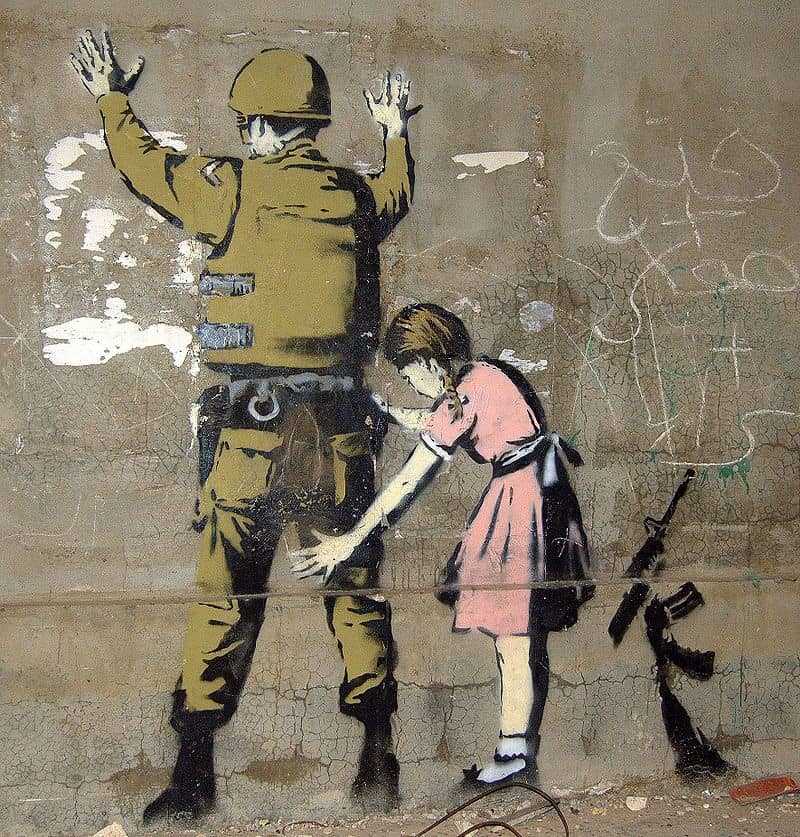
Street art has emerged as a powerful form of cultural expression in cities around the world. This unique and often unconventional art form allows artists to convey their ideas, emotions, and opinions in public spaces.
Creating a Visual Dialogue

One of the main purposes of street art is to create a visual dialogue within a community. Through their artwork, street artists spark conversations about social, political, and cultural issues. These artworks become a platform for individuals to share their thoughts and engage in meaningful discussions.
Challenging Traditional Art Spaces
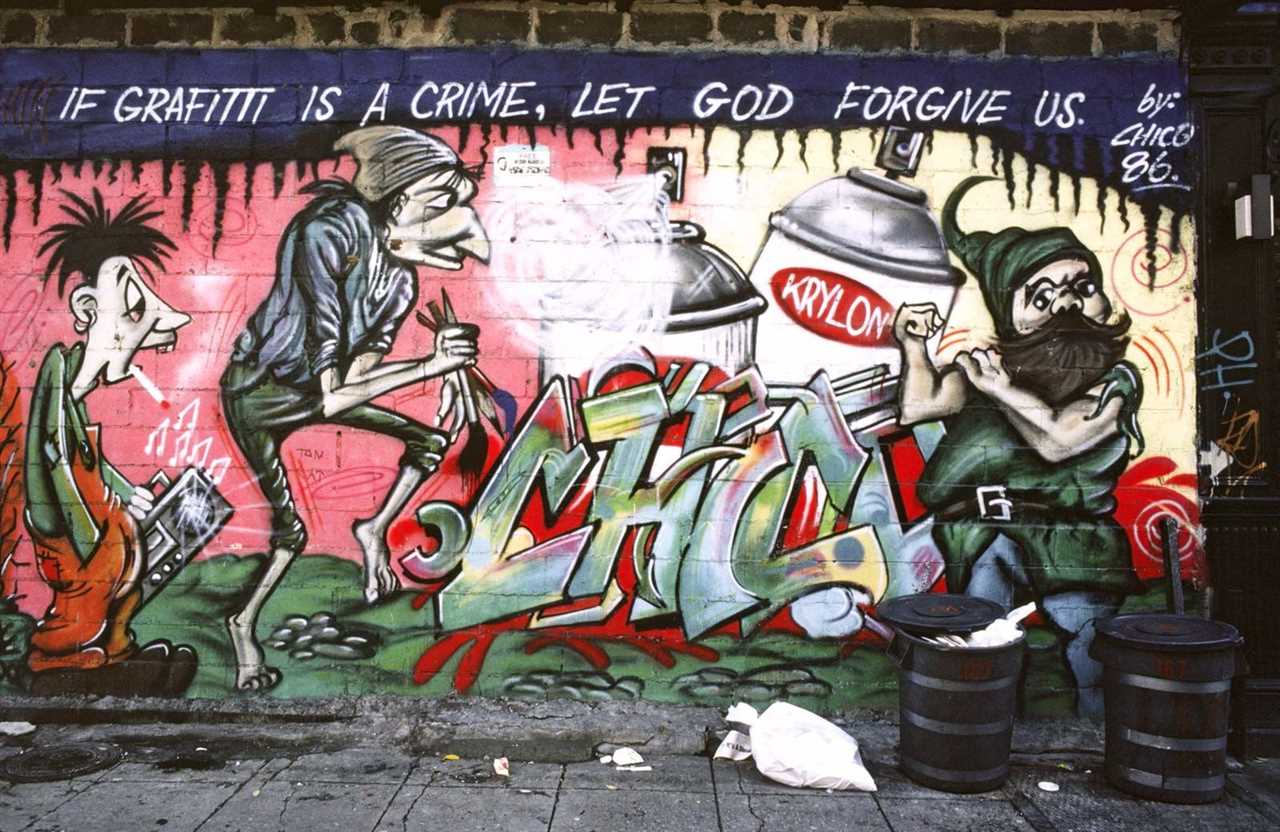
Street art challenges the traditional notion of art galleries and museums as the only legitimate spaces for artistic expression. By bringing art outside of these institutional walls, street artists aim to make art more accessible to the general public. This democratization of art allows anyone, regardless of their background or socioeconomic status, to appreciate and engage with artistic creations.
- Street art often occupies abandoned buildings, vacant walls, and neglected spaces, transforming them into visually stimulating places.
- These unexpected bursts of art inject vibrancy and creativity into otherwise mundane urban landscapes. They serve as a reminder of the artists’ presence and their desire to make a mark on the world.
Preserving and Celebrating Local Culture
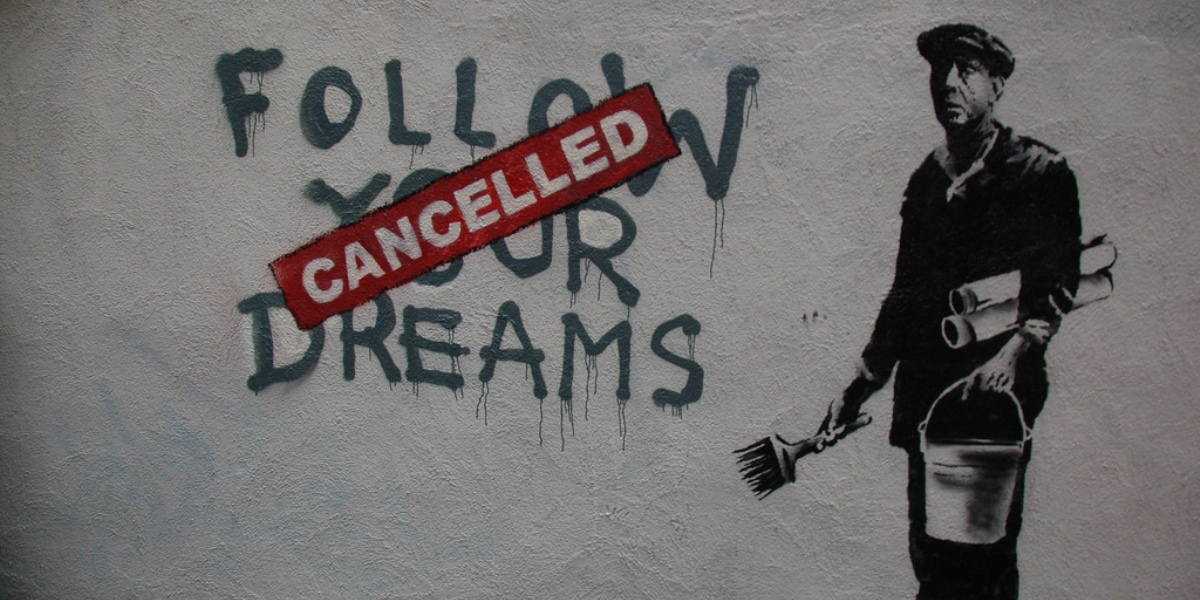
Street art has the power to preserve and celebrate local culture. Many street artists incorporate elements of their community’s history, traditions, and local icons into their murals and graffiti. This not only adds beauty to the urban environment but also serves as a visual documentation of the community’s identity and heritage.
- Local residents often develop a sense of pride and ownership over the street art pieces in their neighborhoods.
- Publicly displaying cultural symbols and narratives helps to preserve and pass on these aspects of local heritage to future generations.
The Evolution of Street Art as an Artistic Movement
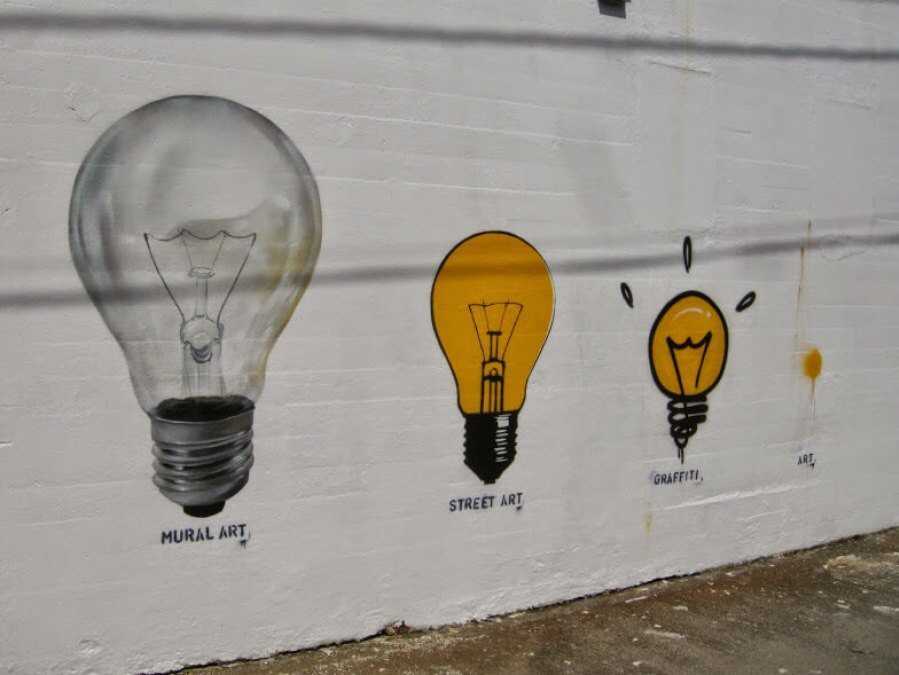
Street art has emerged as a powerful artistic movement, evolving from simple graffiti tags to intricate and meaningful murals that adorn the walls of cities around the world. This form of expression has gone through several stages of development, gaining recognition and respect from both art enthusiasts and the general public.
Originally, street art was seen as an act of rebellion and vandalism, with artists often working under the cover of darkness to create their illegal artwork. Graffiti tags were used by individuals to stake their claim to a particular territory or to send messages to rival groups. However, as time went on, street art began to evolve beyond mere tagging.
The 1970s saw the rise of graffiti as a form of self-expression in urban areas, particularly in New York City. Artists began to experiment with different styles and techniques, incorporating elements of lettering, character design, and imagery into their work. This period marked the first step in the evolution of street art as an artistic movement.
In the 1980s, street art started to gain recognition as a legitimate art form. Artists such as Keith Haring and Jean-Michel Basquiat began to exhibit their work in galleries, bringing street art to a wider audience. This acceptance of street art as a valid form of artistic expression helped to legitimize the movement and encouraged more artists to pursue this medium.
By the 1990s, street art had become more diverse and politically charged. Artists began to use their art to comment on social issues, such as inequality, racism, and environmental degradation. Murals became larger and more complex, with artists using stencils, wheatpaste, and other techniques to create their works.
In the 21st century, street art has reached new heights of popularity and recognition. Major cities around the world, such as London, Berlin, and Melbourne, have embraced street art as a means of revitalizing urban spaces and attracting tourists. Street art festivals and exhibitions draw people from all walks of life, further establishing street art as a legitimate and important artistic movement.
| Decades | Milestones |
|---|---|
| 1970s | The rise of graffiti as self-expression in urban areas |
| 1980s | Recognition of street art as a legitimate art form |
| 1990s | Artists using their work to comment on social issues |
| 21st century | Global recognition of street art as an important artistic movement |
The evolution of street art as an artistic movement has been remarkable. From its humble beginnings as a form of rebellion and vandalism, street art has grown into a respected and influential art form. Its ability to challenge societal norms, provoke thought, and beautify public spaces has cemented its place in the art world. As street art continues to evolve, it will undoubtedly leave its mark on future generations of artists and art enthusiasts alike.
The Impact of Street Art on Urban Culture
Street art has had a significant impact on urban culture, transforming cities around the world into vibrant and engaging spaces. Here are some of the key ways in which street art has influenced urban culture:
- Expression of Creativity: Street art provides a platform for artists to express their creativity and share their messages with the public. It allows individuals to use public spaces as a canvas, turning dull and ordinary walls into captivating works of art. This creative expression adds depth and character to urban landscapes, making cities more visually appealing and inspiring for residents and visitors alike.
- Messaging and Social Commentary: Street art often carries powerful messages and social commentary, addressing various social, political, and cultural issues. Artists use their work to initiate conversations, challenge norms, and raise awareness about important topics. By bringing attention to these issues through art, street artists contribute to shaping public opinion and promoting dialogue within urban communities.
- Inclusion and Representation: Street art has the ability to break down barriers and promote inclusivity. It provides a platform for artists from diverse backgrounds to showcase their talent and perspectives. Street art can also reflect the local community’s identity and history, allowing residents to feel a sense of ownership and pride in their city. This representation fosters a stronger sense of community and connection among urban dwellers.
- Revitalization of Spaces: Street art can breathe new life into neglected or underutilized spaces. By transforming blank walls and vacant lots into vibrant and engaging art installations, street art revitalizes urban areas, making them more attractive and inviting. This revitalization can also have economic benefits, attracting tourists, stimulating local businesses, and increasing property values.
- Alternative Art Experience: Street art offers an alternative art experience outside of traditional galleries and museums. It brings art directly to the people, making it accessible to a wider audience. Street art engages viewers in unexpected and interactive ways, encouraging them to actively participate and interpret the artwork. This democratization of art allows for a more democratic and inclusive cultural experience.
Appreciating Street Art as a Legitimate Form of Art
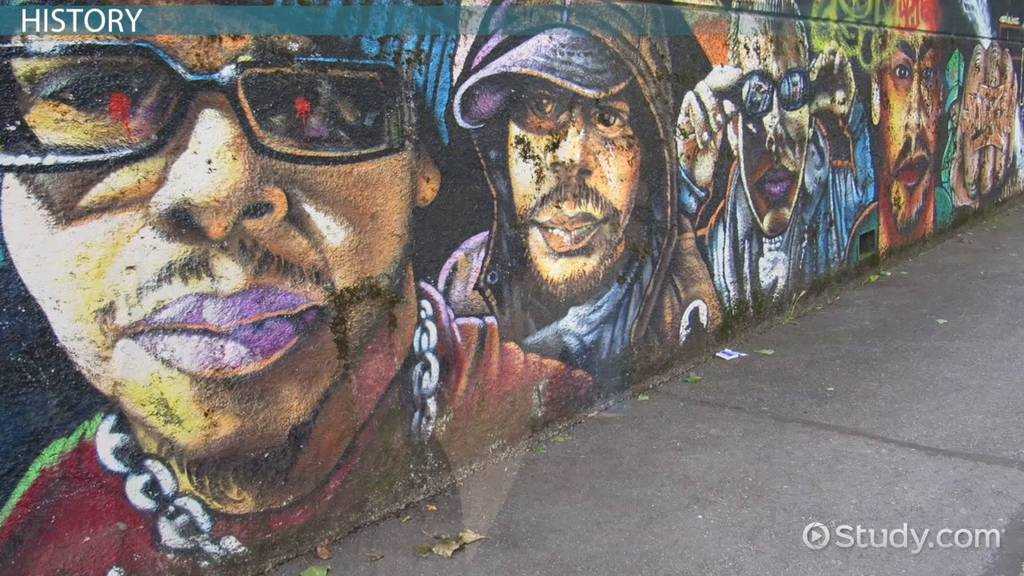
Street art, once considered vandalism or defacement, is now widely recognized as a legitimate form of artistic expression. With its roots in graffiti and urban culture, street art has evolved into a dynamic and thought-provoking medium that challenges traditional notions of art.
One of the key reasons why street art is considered legitimate is its ability to engage with a wide audience. Unlike art confined to galleries and museums, street art is accessible to everyone, regardless of their background or socioeconomic status. Street artists often use public spaces as their canvas, transforming dull walls and buildings into visual masterpieces that captivate and inspire passersby.
Additionally, street art is deeply connected to the urban environment in which it is created. It reflects the pulse, energy, and cultural diversity of a city, giving voice to marginalized communities and challenging social norms. Street artists often use their art to critique political, social, and environmental issues, sparking conversations and raising awareness on important topics.
Moreover, street art embraces a wide range of artistic techniques and styles. From stencil art and murals to wheatpaste posters and yarn bombing, street artists employ various methods to convey their messages. These diverse techniques not only showcase the creativity and talent of the artists but also contribute to the aesthetic value and visual appeal of the urban landscape.
Lastly, street art has gained recognition from art institutions and collectors around the world. Many street artists have transitioned from the streets to galleries, with their works being sought after and appreciated by art enthusiasts. The inclusion of street art in prestigious art auctions and exhibitions further validates its status as a legitimate form of art.
Unveiling the Social and Political Commentary in Street Art
One of the reasons street art has gained popularity as a form of social and political commentary is its accessibility. Unlike traditional art forms displayed in galleries, street art is accessible to anyone who passes by. It reaches a wide audience, including those who may not typically engage with art. This allows artists to communicate their message directly to the public, sparking conversations and raising awareness.
Street art often challenges societal norms and conventions. It questions the established power structures and highlights the voices of marginalized groups. Many street artists use their work to advocate for equality and social justice. By depicting the struggles and experiences of underrepresented communities, they shed light on the issues that often go unnoticed or ignored.
Furthermore, street art can be a form of protest. It allows artists to express dissent and critique the actions of those in power. Political leaders and institutions are often the target of street art installations, as artists seek to hold them accountable and demand change. These artworks serve as a visual representation of public sentiment and can inspire collective action.
Another aspect of street art’s social and political commentary is its ability to transform spaces. Abandoned buildings, concrete walls, and empty streets become vibrant and meaningful through these artworks. They bring beauty to neglected areas and create a sense of belonging and identity for the communities that interact with them.

I am a mural enthusiast and a fervent admirer of street art. Rather than creating murals myself, I am passionate about collecting them. My love for street art knows no bounds. I am dedicated to curating and cherishing these artworks that grace the streets. My collection stands as a testament to my profound appreciation for this form of artistic expression.
read about me



